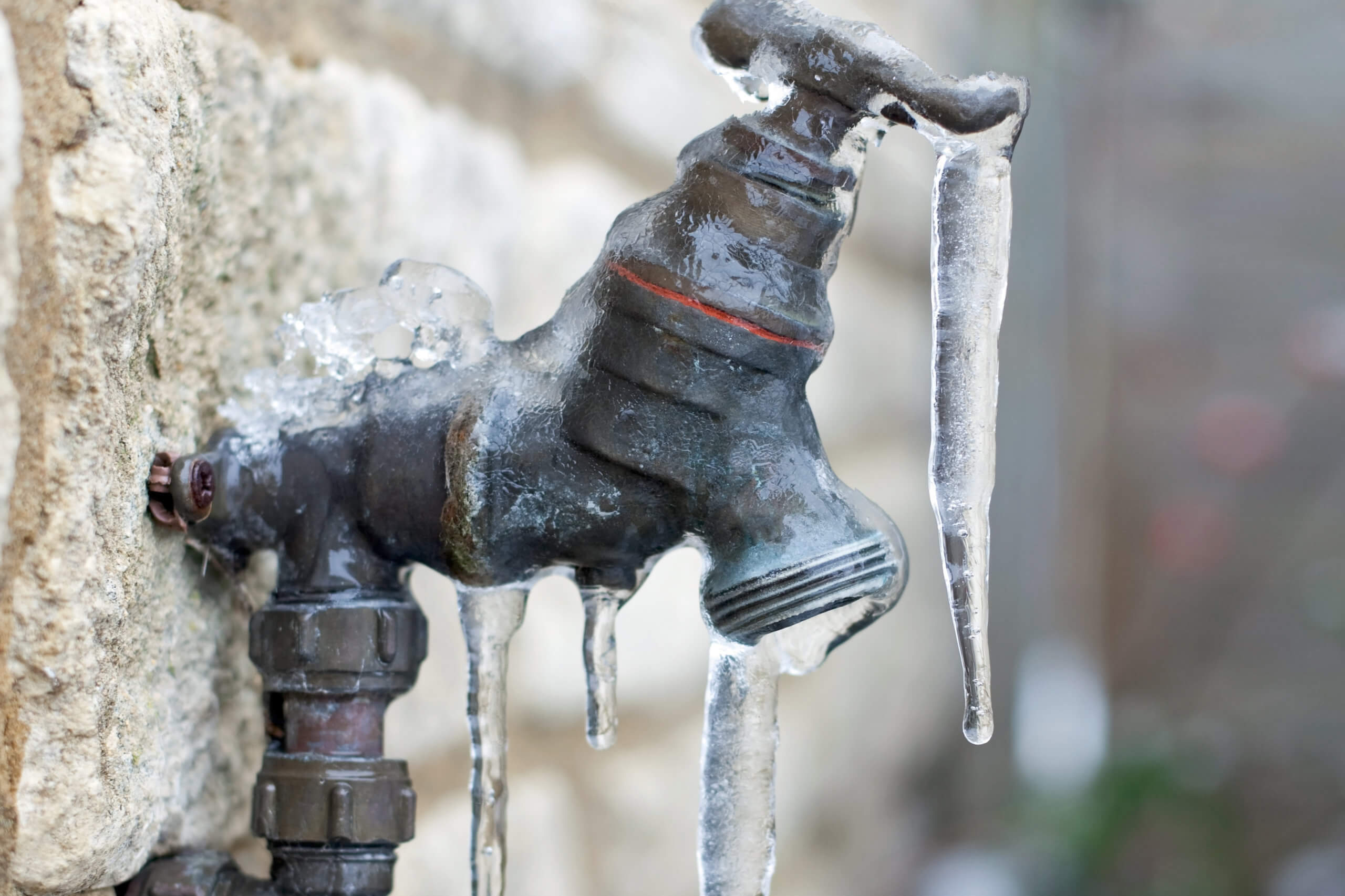Ways to Prevent Frozen Plumbing in Winter: Pro Advice
Ways to Prevent Frozen Plumbing in Winter: Pro Advice
Blog Article
Everybody has got his or her own perception with regards to Prevent Frozen Pipes .

Winter can damage your pipes, specifically by freezing pipelines. Below's just how to prevent it from happening and what to do if it does.
Intro
As temperatures decrease, the danger of icy pipelines increases, potentially bring about costly repairs and water damages. Comprehending how to stop icy pipes is important for home owners in chilly climates.
Comprehending Frozen Pipelines
What causes pipelines to freeze?
Pipes ice up when subjected to temperature levels listed below 32 ° F (0 ° C) for prolonged periods. As water inside the pipes freezes, it broadens, taxing the pipeline wall surfaces and potentially triggering them to burst.
Threats and damages
Frozen pipelines can result in water system disturbances, building damage, and expensive repair services. Burst pipes can flood homes and trigger considerable architectural damages.
Indications of Frozen Water Lines
Determining frozen pipelines early can stop them from rupturing.
Just how to determine frozen pipelines
Seek lowered water flow from taps, uncommon odors or sounds from pipelines, and visible frost on revealed pipelines.
Prevention Tips
Protecting vulnerable pipes
Cover pipelines in insulation sleeves or make use of heat tape to safeguard them from freezing temperatures. Focus on pipes in unheated or outside areas of the home.
Heating strategies
Maintain indoor rooms effectively warmed, particularly areas with plumbing. Open up closet doors to permit warm air to distribute around pipelines under sinks.
Shielding Outside Plumbing
Garden hose pipes and outside taps
Disconnect and drain yard hose pipes before winter. Install frost-proof spigots or cover exterior faucets with shielded caps.
What to Do If Your Pipelines Freeze
Immediate actions to take
If you presume frozen pipes, keep faucets open up to alleviate pressure as the ice thaws. Make use of a hairdryer or towels taken in warm water to thaw pipes gradually.
Long-Term Solutions
Structural modifications
Think about rerouting pipes far from exterior walls or unheated locations. Add extra insulation to attics, cellars, and crawl spaces.
Updating insulation
Invest in top notch insulation for pipelines, attics, and wall surfaces. Appropriate insulation helps preserve regular temperature levels and reduces the risk of icy pipes.
Conclusion
Avoiding frozen pipes requires positive measures and fast reactions. By recognizing the causes, indications, and preventive measures, house owners can safeguard their plumbing throughout winter.
6 Proven Ways to Prevent Frozen Pipes and Protect Your Home
Disconnect and Drain Garden Hoses
Before winter arrives, start by disconnecting your garden hoses and draining any remaining water. Close the shut-off valves that supply outdoor hose bibs and leave the outdoor faucet open to allow any residual water to drain. For extra protection, consider using faucet covers throughout the colder months. It’s also important to drain water from any sprinkler supply lines following the manufacturer’s directions.
Insulate Exposed Pipes
Insulating your pipes is an effective way to prevent freezing. Pipe insulation is readily available at home improvement stores and is relatively inexpensive. Pay close attention to pipes in unheated areas such as the attic, basement, crawl spaces, or garage. Apply foam insulation generously to create a buffer against the cold. You can also wrap your pipes in heat tape or thermostat-controlled heat cables for added warmth.
Seal Air Leaks
Inspect your home for any cracks or openings that could let in cold air. Seal any holes around the piping in interior or exterior walls, as well as the sill plates where your home rests on its foundation. Additionally, make sure to keep your garage door closed unless you’re entering or exiting. Leaving it open creates a significant air leak that can lead to frozen pipes.
Allow Warm Air Circulation
During cold snaps, it’s essential to allow warm air to circulate evenly throughout your home. Leave interior doors ajar to promote better airflow. Open kitchen and bathroom cabinets to help distribute heat consistently around the rooms. If you have small children or pets, be sure to remove any household chemicals or potentially harmful cleaners from open cabinets for safety.
Let Faucets Drip
A small trickle of water can make a big difference in preventing ice formation inside your pipes. When temperatures drop significantly, start a drip of water from all faucets served by exposed pipes. This continuous flow helps prevent the water from freezing. Additionally, running a few faucets slightly can relieve pressure inside the pipes, reducing the chances of a rupture if the water inside does freeze.
https://choateshvac.com/6-proven-ways-to-prevent-frozen-pipes-and-protect-your-home/

I was brought to that article about How to prepare your home plumbing for winter weather through a pal on a different web blog. Sharing is caring. Helping others is fun. Thanks so much for taking the time to read it.
Schedule Report this page